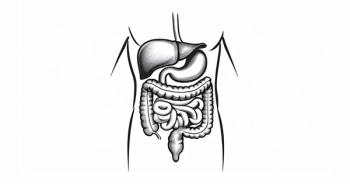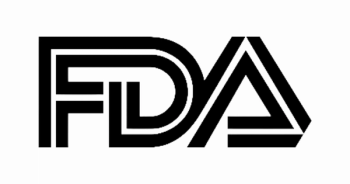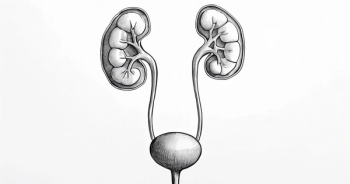
LBL-007/Toripalimab Combination Demonstrates Antitumor Activity and Safety in Nasopharyngeal Carcinoma
LBL-007 plus toripalimab showed manageable safety and favorable response in advanced solid tumors, notably higher in IO-naive nasopharyngeal carcinoma. Higher LAG-3 was linked to better responses.
The anti-LAG-3 antibody LBL-007, combined with toripalimab, demonstrated a manageable safety profile and antitumor activity in patients with nasopharyngeal carcinoma (NPC) and other solid tumors, according to findings from a phase 1b/2 trial (NCT05102006). Investigators reported a confirmed objective response of 13.3% (95% CI, 6.6%-23.2%). The disease control rate was 54.7% (95% CI, 42.7%–66.2%). Findings were published in The Journal of Hematology & Oncology.1
The trial enrolled 80 patients with histologically or cytologically confirmed metastatic and/or unresectable malignant tumors who had progressed after standard treatment. Participants were categorized as either immunotherapy-naive (IO-naive) or previously exposed to immunotherapy (IO-treated). The cohort included 30 patients with NPC, 13 with small cell lung cancer (SCLC), 12 with lung adenocarcinoma (adNSCLC), 9 with squamous non–small cell lung cancer (sqNSCLC), 8 with esophageal squamous cell carcinoma (ESCC), 5 with head and neck squamous cell carcinoma (HNSCC), and 3 with cervical cancer (CCA).
During the phase 1b portion (n = 10), patients received either 200 mg or 400 mg of LBL-007 and 200 mg of toripalimab. Based on safety and pharmacokinetic data, the recommended phase 2 dose (RP2D) of LBL-007 was established at 400 mg. In the phase 2 expansion (n = 70), all patients received 400 mg of LBL-007 plus 240 mg of toripalimab.
The phase 1b trial primarily assessed safety, tolerability, and RP2D determination, and the phase 2 trial focused on efficacy, with secondary end points including safety, progression-free survival (PFS), DCR, and duration of response (DOR).
At the data cutoff of July 26, 2024, median follow-up was 26.0 months (range, 0.6-29.4), and median DOR was 5.0 months (range, 0.3-24.7). All 80 patients discontinued treatment: 59 due to disease progression, 7 due to withdrawal of consent, 5 after completing 2 years of therapy, 7 due to adverse events (AEs), and 2 due to death.
Among the 12 IO-naive patients, outcomes were notably stronger, with an ORR of 33.3% (95% CI, 9.9%-65.1%), a DCR of 75.0% (95% CI, 42.8%-94.5%), a median PFS of 10.8 months (95% CI, 1.3-not evaluable [NE]), and a median DOR of 15.0 months (95% CI, 5.5-NE). In contrast, the 17 IO-treated patients with NPC showed an ORR of 11.8% (95% CI, 1.5%-36.4%), a DCR of 64.7% (95% CI, 38.3%-85.8%), and a median PFS of 2.7 months (95% CI, 1.4-4.9). Notably, 83.3% of the 6 NPC responders maintained partial responses for over 12 months. The 1-year PFS rate was 40% for IO-naive patients with NPC and 21.2% for IO-treated patients.
For patients with other tumor types, the ORR was 8.7% (95% CI, 2.4%-20.8%), and the DCR was 45.7% (95% CI, 30.9%-61.0%). Higher LAG-3 expression correlated with improved responses. Patients with NPC with LAG-3 expression greater than 2+ had an ORR of 40%, compared with 20% in those with lower expression.
Safety Data
Sixty-one patients (76.3%) reported any-grade treatment-related adverse events (TRAEs) and grade 3 and 4 TRAEs occurred in 9 patients (11.3%). The most common were anemia (2.5%), hyponatremia (2.5%), increased alanine aminotransferase levels (ALT; 2.5%), aspartate aminotransferase levels (AST; 1.3%), and fatigue (1.3%). Ten percent of patients reported serious TRAEs with 8.8% of patients discontinuing treatment due to TRAEs.
The most common immune-related AEs were hypothyroidism (10.0%), increased AST levels (5.0%), and increased ALT levels (3.8%).
The combination of LBL-007 and toripalimab demonstrated encouraging antitumor activity in patients with advanced NPC, particularly in immunotherapy-naive patients. Improved tumor responses were observed in patients with high expression of LAG-3. Investigators concluded that this combination had a manageable safety profile, with no new safety signals identified.









































